The 5 Best Wireless Chargers with Adapters

Let's be honest, nobody loves dealing with a tangled mess of charging cables. Wireless charging offers a simple, elegant solution, decluttering your space and streamlining your routine. But this convenience isn't just for those with the latest flagship phones. If you’ve been holding off on upgrading because your current device lacks built-in wireless capabilities, there’s good news. A simple addition can bring your trusted phone up to speed with modern tech. We’ll explore how the right wireless charger with adapter can transform your charging habits, offering a universal solution that brings cord-free power to everyone, no matter what device you use.

Portable Solar Power Bank 26800mAh - 99Wh Fast Charger
Lithium Polymer (Li-Po) battery. PD fast charging. Holds up to 8 days of reliable power on a single charge. Boasts a charging speed 50% faster than ordinary portable chargers.
Shop NowKey Takeaways
- Safety and Power Go Hand-in-Hand: Look for key safety certifications like Qi to know your charger is tested and reliable. To get the fastest wireless speeds, make sure you connect your charging pad to a powerful wall adapter, not an old, weak power brick.
- Convenience Over Top Speed: Wireless charging is the perfect solution for decluttering your nightstand and keeping your phone topped up at your desk. For those moments when you need power in a hurry, a direct wired connection is still the fastest way to charge.
- Placement is Everything: For the most efficient charge, place your phone directly in the center of the wireless pad to align the internal coils. A thick phone case or poor alignment can slow things down, so finding that sweet spot is crucial for performance.
How Do Wireless Chargers Actually Work?
Wireless charging can feel a bit like magic—you just set your phone down, and it starts charging. But it’s all based on some pretty cool, well-established science. Understanding how it works can help you choose the right gear and get the most out of it. Let's break down the technology, why adapters are so useful, and the real-world trade-offs of cutting the cord.
The Tech Behind the Charge
At its core, wireless charging works through a process called electromagnetic induction. Your wireless charging pad contains a transmitter coil, and your phone (or a special case/adapter) has a receiver coil. When you plug the charging pad into a power source, like one of KEUTEK's fast wall chargers, it creates an electromagnetic field around the coil. Placing your phone on the pad allows the receiver coil to pick up this energy field, which then converts it back into electricity to charge your battery. It’s a seamless transfer of power through the air, no plugs required on your device.
Why the Adapter Is So Important
So what if your phone doesn't have wireless charging built-in? That’s where a wireless charging adapter comes in. This small, thin receiver plugs directly into your phone’s charging port—whether it's USB-C or Lightning—and tucks away behind your phone or case. The adapter contains the receiver coil your device is missing, allowing it to communicate with the charging pad and receive power. It’s a simple and effective way to give an older or non-compatible device modern wireless capabilities without needing to upgrade your entire phone. This makes it easy to add wireless charging to almost any device you own.
The Pros and Cons of Going Wireless
Going wireless is all about convenience. There’s no more fumbling for cables in the dark or dealing with frayed cords. You just set your device down on the pad, and you’re good to go. This also reduces wear and tear on your phone's charging port over time. However, there are a couple of trade-offs to consider. Wireless charging is typically less efficient than wired charging, with some energy lost as heat during the transfer. It can also be slower, making it ideal for charging overnight or topping up your battery at your desk. For the absolute fastest speeds, a direct connection with a powerful USB-C cable is still your best bet.
What to Look For in a Wireless Charger
Choosing the right wireless charger can feel like a big decision, but it really comes down to a few key details. Once you know what to look for, you can easily find a charger that fits your devices, your lifestyle, and your standards for quality. Let’s walk through the five most important things to consider before you buy.
Speed and Power: What Do the Numbers Mean?
When you see numbers like 15W or 65W, you're looking at the charger's power output, measured in watts (W). The higher the wattage, the faster your device will charge. While wired charging can deliver some serious speed, wireless charging typically maxes out around 15W. This is still plenty fast for overnight charging or topping up your battery at your desk. For those times you need power in a hurry, a high-wattage fast wall charger is your best friend. But for daily convenience, a 10W or 15W wireless charger offers a great balance of speed and simplicity.
Will It Work With Your Devices?
Compatibility is non-negotiable. Before you buy a wireless charger, confirm it will work with your specific phone, earbuds, or other gadgets. Most modern devices use the Qi (pronounced "chee") wireless charging standard, but it's always smart to double-check. If you want the latest and greatest, look for products labeled "Qi2," which is the newest standard offering more efficient charging. You also need to make sure the power adapter—the part that plugs into the wall—is a good match. An underpowered adapter can slow down even the best wireless charger, so pairing them correctly is key to getting the performance you expect.
Safety First: Certifications to Check For
A reliable charger should power your devices without putting them at risk. That’s why safety certifications are so important. Look for markings like CE, FCC, or RoHS on the product or its packaging. These labels mean the charger has been tested and meets specific standards for safety and environmental friendliness. A quality charger will also be built with materials resistant to heat and corrosion. This ensures it not only works safely but also stands up to daily use. When you’re trusting a device to power your expensive tech, you want the peace of mind that comes with a certified, well-made product like a fast car charger designed for safety on the go.
Built to Last: Design and Durability
A wireless charger is something you’ll likely use every day, so it needs to be built to last. While a thin, lightweight design is great for portability, don't overlook the quality of the materials. A sturdy base prevents slipping, and durable housing protects the internal components from bumps and drops. Pay attention to the small details, too. A strong connector on the power cable and high-quality materials throughout are good indicators of a product’s longevity. Investing in well-constructed gear, like our fast-charging portable power solutions, means you can count on it to perform when you need it most.
Extra Tech and Smart Features
Top-tier wireless chargers do more than just send power—they do it intelligently. Many of the best models come with smart features like built-in temperature control to prevent your phone from getting too hot. Overheating can damage your device's battery over time, so this is a crucial safety feature. Some chargers also have foreign object detection, which stops the power flow if something like a key or coin is accidentally placed on the pad. Technologies like MagSafe use magnets to ensure perfect alignment for a more efficient charge every time. These thoughtful additions make for a safer, more reliable, and user-friendly experience with all your wireless chargers.
Our Top Picks for Wireless Chargers with Adapters
Finding the right wireless charger can feel like a huge task with so many options out there. But don't worry, I've sorted through the noise to bring you some of the best choices available. Whether you're looking for top-of-the-line performance, a solid mid-range option, or a budget-friendly charger that gets the job done, there’s something here for you. We'll look at what makes each category stand out, so you can pick the perfect charger and adapter combo to keep your devices powered up and ready to go.
KEUTEK: Power You Can Count On
When you need a charger that just works, every single time, KEUTEK is the way to go. Our ProSeries wireless chargers stand out as the best overall choice because they’re built for reliability and performance. We design them to be tough, efficient, and safe for all your devices. You get a consistent, fast charge without having to worry about overheating or damaging your battery. It’s the kind of dependable power you need for your daily routine, whether you’re charging your phone overnight or topping it off at your desk. For a truly seamless experience, pair your wireless charger with one of our fast wall chargers to ensure you're getting the maximum possible speed.
The Best Premium Options
If you've invested in high-end tech, it makes sense to use a charger that offers the best protection and features. Top-tier wireless chargers come with built-in temperature control and advanced safety features to prevent overheating and protect your device’s battery life. These premium models often support the fastest charging speeds available and may include extras like multi-device charging pads or sleek, high-quality materials. They provide peace of mind, knowing your expensive smartphone or earbuds are charging safely and efficiently. Think of it as an insurance policy for your tech that also happens to be incredibly convenient.
Great Value Mid-Range Chargers
You don't have to spend a fortune to get a great wireless charger. The mid-range market is full of fantastic options that balance performance with price. A great mid-range charger delivers a solid 10W fast charge for compatible Android devices and comes packed with essential safety features. Look for models that include temperature control and overcharge protection, ensuring your device stays safe while it powers up. These chargers prove you can get reliable, cord-free convenience without breaking the bank, making them a perfect choice for most people. They’re also great for keeping a fast car charger company, so you're covered on the go.
Top Picks for Any Budget
No matter your budget, you can get cord-free power on the go. Wireless power banks are a game-changer for travelers, outdoor adventurers, or anyone who needs a reliable backup. These portable chargers offer the freedom of wireless charging without being tethered to a wall outlet. You can find excellent options at every price point, from simple, compact models perfect for a day out to high-capacity powerhouses that can charge multiple devices several times over. Having fast portable power means you’re prepared for anything, from a long flight to an unexpected power outage at home.
A Quick Guide to Charging Standards
When you’re shopping for a charger, you’ll see a lot of acronyms and technical terms thrown around. It can feel a bit like alphabet soup, but understanding these standards is the key to getting a charger that’s both fast and safe for your devices. Think of it this way: you wouldn't put just any fuel in a high-performance car, and the same logic applies to your electronics. Using the right charging technology ensures your gear gets the power it needs efficiently without risking damage to the battery over time.
This is especially important when you rely on your devices for work, travel, or staying connected with family. The last thing you want is a dead phone because you grabbed the wrong charger, or worse, a fried device because of an unsafe one. Getting familiar with terms like Qi, Power Delivery, and key safety certifications helps you make a smarter purchase. It’s not just about buying a charger; it’s about investing in the health and longevity of your tech. A little knowledge here goes a long way in making sure your phone, tablet, and other gadgets are powered up properly for years to come.
What Is Qi Certification?
Qi (pronounced “chee”) is the universal standard for wireless charging. If you see the Qi logo on a charger and your device, it means they’re guaranteed to work together, regardless of the brand. This is a huge plus because it gives you the freedom to mix and match. You can use a KEUTEK wireless charger for your iPhone, Samsung Galaxy, or Google Pixel without a second thought. Qi certification ensures that the charger has passed rigorous tests for safety, efficiency, and compatibility, so you can place your device down and trust it’s getting a reliable charge.
Decoding Fast-Charging Protocols
"Fast charging" isn't a one-size-fits-all term. It refers to several different technologies, or protocols, that allow chargers to deliver more power to your device's battery. While wireless charging is incredibly convenient, it typically maxes out at around 15 watts (W). For the absolute fastest speeds, you’ll want to use a wired connection with a compatible fast wall charger. Different brands sometimes use their own proprietary protocols, but many modern devices are adopting universal standards like Power Delivery, which makes finding a compatible fast charger much easier.
Understanding Power Delivery (PD)
USB Power Delivery, or PD, is a fast-charging standard that uses a USB-C connection to deliver more power to your devices. What makes PD so great is its versatility. It’s not just for phones; it can charge tablets, laptops, and even portable power banks at high speeds. The technology is also smart—the charger and your device communicate to determine the optimal amount of power to send, which protects your battery from overcharging. Pairing a high-quality USB-C cable with a PD-enabled car or wall charger is the best way to get a major power-up in a short amount of time.
Key Safety Standards
Speed is important, but safety is non-negotiable. Reputable chargers will always have certifications to prove they’ve been tested for safety. Look for marks like CE, FCC, and RoHS on the product or packaging. These indicate that the charger meets standards for electrical safety, electromagnetic interference, and the restriction of hazardous materials. A well-made charger should also be built to resist heat and corrosion. These safety features are crucial for protecting your devices from damage and giving you peace of mind every time you plug in.
Find Your Perfect Wireless Charger
With so many options out there, picking the right wireless charger can feel a little overwhelming. But it doesn't have to be complicated. The key is to focus on what matters most for your lifestyle and your devices. Are you looking for something to top off your phone at your desk, or a reliable overnight charging station for your nightstand? Do you need to power up multiple gadgets at once?
Thinking through these questions will help you narrow down the features that are truly important to you. It’s not just about finding a charger that works; it’s about finding one that fits seamlessly into your daily routine. We’ll walk through the essential things to consider, from power and price to the safety features you shouldn't ignore. This will help you cut through the noise and choose a charger that’s not just convenient, but also safe and built to last.
Figure Out What You Really Need
First, let's be realistic about charging speeds. While wireless charging is incredibly convenient for decluttering your space, it's generally not going to be as fast as plugging directly into a wall outlet. Think of it as the perfect solution for overnight charging or keeping your battery topped up at your desk. For a quick power-up before you head out the door, a cable is still your best friend. To get the best performance from any wireless pad, you need to pair it with a powerful wall adapter. Using the weak 5W plug that came with your old phone just won't cut it for modern fast wall chargers.
Balancing Price and Performance
You can find wireless chargers at a wide range of price points, and it’s tempting to just grab the cheapest one. However, price often reflects the quality of the components, charging speed, and safety features inside. A super-cheap charger might save you a few dollars upfront, but it could charge slowly, overheat, or even damage your device's battery over time. Instead of focusing only on the price tag, think about the value. Investing a bit more in a charger from a reputable brand ensures better performance, reliability, and peace of mind. You don’t need the most expensive model, but you should look for a good balance of features that fit your budget.
Your Non-Negotiable Features
When it comes to powering your expensive tech, safety is not optional. Your number one non-negotiable feature should be temperature control. Quality chargers have built-in safeguards to prevent overheating, which protects your phone’s battery health and prevents potential hazards. Also, look for Qi certification (we’ll get more into that later) to ensure it meets global safety and performance standards. Other features to look for include a non-slip surface to keep your phone from vibrating off the sweet spot and a subtle LED indicator that confirms your device is charging without lighting up your whole room at night.
Red Flags to Avoid
Be wary of chargers from unknown brands that make big promises for a rock-bottom price. A major red flag is the lack of any safety certifications, like Qi, FCC, or CE. Using a non-certified charger can be risky; at best, it will charge your phone slowly, and at worst, it could overheat and cause damage. Another thing to watch out for is a flimsy build quality. If a charger feels cheap and lightweight, it probably is. Finally, avoid any charger that doesn't come with a clear warranty or accessible customer support. A trustworthy company will always stand behind its portable power products.
Get the Most Out of Your Charger
You’ve picked out the perfect wireless charger—now what? Getting the fastest, most efficient charge isn’t just about plugging it in. A few simple habits can make a huge difference in performance and help your devices last longer. Here’s how to get the most out of your new gear.
Find the Sweet Spot for Charging
If your phone is charging slowly or not at all, the first thing to check is its position. Wireless charging works through a process called inductive charging, which requires a coil in the charger to line up with a coil in your device. For the best connection, make sure your phone is placed directly in the middle of the charging pad. Think of it like finding the perfect signal. If you’re slightly off-center, the connection weakens, and charging slows down. This is why chargers with MagSafe or other magnetic features are so popular—they automatically snap your phone into the ideal spot every time.
How to Keep It Cool
Heat is the number one enemy of battery health. When your phone gets too hot, its internal protections kick in and slow down the charging speed to prevent damage. That’s why top-tier wireless chargers come with built-in temperature control and safety features to prevent overheating. You can help things along by charging your phone in a cool, well-ventilated area. Avoid leaving it on the charger in direct sunlight or tucking it under a pillow overnight. Using a quality fast wall charger also ensures that power is delivered safely and efficiently, keeping temperatures in check.
Tips for Charging Multiple Devices
One of the best things about modern chargers is their ability to power up multiple gadgets at once. Many chargers work with MagSafe-compatible phones and can charge your watch and earbuds simultaneously, clearing up cable clutter from your nightstand or desk. When using a multi-device charger, check the total power output. Some models split the power between devices, which might mean a slower charge for each. For those times you’re away from an outlet, a good portable power bank with multiple ports can be a lifesaver, letting you charge your phone, tablet, and headphones all at once.
Troubleshooting Common Problems
Wireless charging is usually seamless, but issues can happen for a few reasons. If your phone isn’t charging, run through this quick checklist. First, try repositioning it on the pad. Next, remove your phone case. Thick cases, or those with metal plates or pop sockets, can block the connection. Also, double-check your power source. Your wireless charger needs a powerful wall adapter to deliver its top speed; the small 5W brick that used to come with phones won’t cut it. If you’ve tried everything and are still having issues with wireless charging, a simple restart of your phone can often fix the problem.
Keep Your Charger in Top Shape
You’ve found the perfect wireless charger, and it’s making your life easier. But like any piece of tech, it needs a little care to perform its best for the long haul. A few simple habits can make a huge difference in your charger’s lifespan and efficiency, ensuring you get a fast, reliable charge every single time. Think of it as simple maintenance for one of your most-used devices. Taking a moment to clean it and power it properly will save you the headache of a slow or dead charger when you need it most.
How to Clean Your Charger Safely
It’s easy for dust and grime to build up on your charging pad, which can interfere with the connection and slow down charging. To clean it, unplug the charger first. Then, take a soft, dry, lint-free cloth and give it a gentle wipe. If you’re dealing with something a bit more stubborn, you can slightly dampen the cloth with water. Just be sure to avoid harsh chemicals, abrasive cleaners, or spraying anything directly onto the charger, as these can damage the surface and internal components. A quick wipe-down every week or so is all it takes to keep it in great condition.
When to Replace Parts
Even the best chargers don’t last forever. If you notice your phone is charging much slower than it used to, getting unusually hot, or connecting intermittently, it might be time for a replacement. Also, inspect your charger and its cable for any physical damage like fraying wires or cracks in the casing. Using a damaged charger isn’t just inefficient; it can be a safety risk. While wireless charging naturally loses some energy as it transfers power, a significant drop in performance is a clear sign that your charger’s best days are behind it.
Simple Tricks to Make It Last Longer
The single best thing you can do for your wireless charger is to give it enough power. Plugging it into your laptop’s USB port won’t cut it. For optimal speed and efficiency, your charging pad needs to be connected to a powerful adapter. Using one of KEUTEK's fast wall chargers ensures your charger gets the wattage it needs to perform at its peak. Also, try to keep your charger out of direct sunlight or away from heat sources like vents. Excessive heat can degrade the internal components over time, shortening its lifespan and reducing its effectiveness.
Your Smart Shopping Guide
Okay, you know what to look for and you have a few top contenders in mind. Now comes the fun part: actually buying your new wireless charger. Making a smart purchase isn't just about finding the lowest price; it's about getting a reliable product that will last. Here are a few key things to keep in mind as you shop to make sure you get the best value and avoid any duds. A little bit of know-how can go a long way in ensuring your new charger is a great investment for all your devices, whether you're setting up your desk, packing for a trip, or getting your car ready for the road.
Where to Buy
When you're ready to buy, purchasing directly from a reputable brand’s website is often your best bet. You’ll know you’re getting an authentic product and can easily access customer support if you need it. For comparison shopping, online marketplaces like Amazon offer a massive selection, which can be great for seeing different features and price points side-by-side. Just be sure to check seller ratings and reviews carefully. No matter where you shop, stick to authorized retailers to ensure you’re getting a genuine, high-quality charger with a powerful fast wall charger that’s built to perform when you need it most.
Don't Forget the Warranty
A warranty is more than just a safety net; it’s a statement from the company. A solid warranty, especially one that lasts a few years or even a lifetime, shows the manufacturer stands behind its product's quality and durability. Think of it as their vote of confidence. When you’re investing in something you’ll use every day, that peace of mind is invaluable. A company that’s willing to back its gear with a strong guarantee is usually one you can trust. It’s a simple check that can save you a lot of hassle down the road and ensures your power solutions are protected.
How to Spot a Fake
In the world of chargers, a deal that seems too good to be true usually is. Counterfeit or non-certified chargers can be more than just a waste of money—they can be a real risk. Using a non-certified fast wireless charger can damage your device’s battery or even pose a safety hazard. Always look for official certifications like Qi on the packaging and the product itself. Stick to well-known brands and be wary of chargers from unknown sellers with suspiciously low prices. Your phone is a big investment, so it’s worth spending a little more to charge it safely and efficiently.
What to Expect to Pay
Wireless chargers with adapters come in a wide range of prices, typically from around $30 to $150. So, what’s the difference? On the lower end, you’ll find basic, single-device chargers that get the job done. As you move up in price, you’ll see faster charging speeds, premium materials, and extra features like multi-device charging pads. High-end models from trusted brands also include advanced safety features and durable designs. Think about what you need—if you just want to charge your phone overnight, a budget-friendly option might be fine. But for a durable, fast, and versatile charging setup, investing in a mid-range or premium charger is a smart move.
Related Articles
- Wireless Charging: Your Ultimate Guide
- Is Wireless Charging Possible? How It Works
- The 8 Best Wireless Chargers for Every Device
- Wireless Charging Phone: Your Complete Guide

Portable Solar Power Bank 26800mAh - 99Wh Fast Charger
Lithium Polymer (Li-Po) battery. PD fast charging. Holds up to 8 days of reliable power on a single charge. Boasts a charging speed 50% faster than ordinary portable chargers.
Shop NowFrequently Asked Questions
Is wireless charging really that much slower than using a cable? For a quick power-up, a high-quality USB-C cable connected to a powerful wall charger will always be faster. Think of wireless charging as the perfect solution for convenience. It’s ideal for charging your phone on your nightstand overnight or for keeping your battery topped off at your desk throughout the day without constantly plugging and unplugging your device.
Do I have to take my phone case off every time I want to charge wirelessly? Not usually. Most standard plastic or silicone cases that are reasonably thin will work just fine with a wireless charger. You’ll only run into trouble with very thick, rugged cases or those that have metal components, magnets, or credit cards in the back, as these can block the charging signal from connecting properly.
Is it safe to leave my phone on a wireless charger all night? Yes, it is perfectly safe with a quality, certified charger. Your smartphone and the charger are designed to communicate with each other. Once your phone’s battery is full, the charger will automatically stop sending power or switch to a very low-power trickle mode. This prevents overcharging and protects your battery’s long-term health.
My phone doesn't have wireless charging built-in. Can I still use one? Absolutely. You can easily add this capability with a wireless charging adapter. This is a very thin receiver that plugs into your phone’s charging port and then tucks away behind your phone or inside its case. It allows your device to receive power from any standard Qi wireless charging pad, giving an older phone a modern feature.
Why can't I just plug my wireless charger into my computer's USB port? A wireless charger needs a certain amount of power to work effectively, and the standard USB port on a laptop or computer simply doesn't provide enough juice. Plugging it in there will result in an extremely slow charge, if it charges at all. For the best performance, you should always connect your wireless charging pad to a powerful wall adapter.


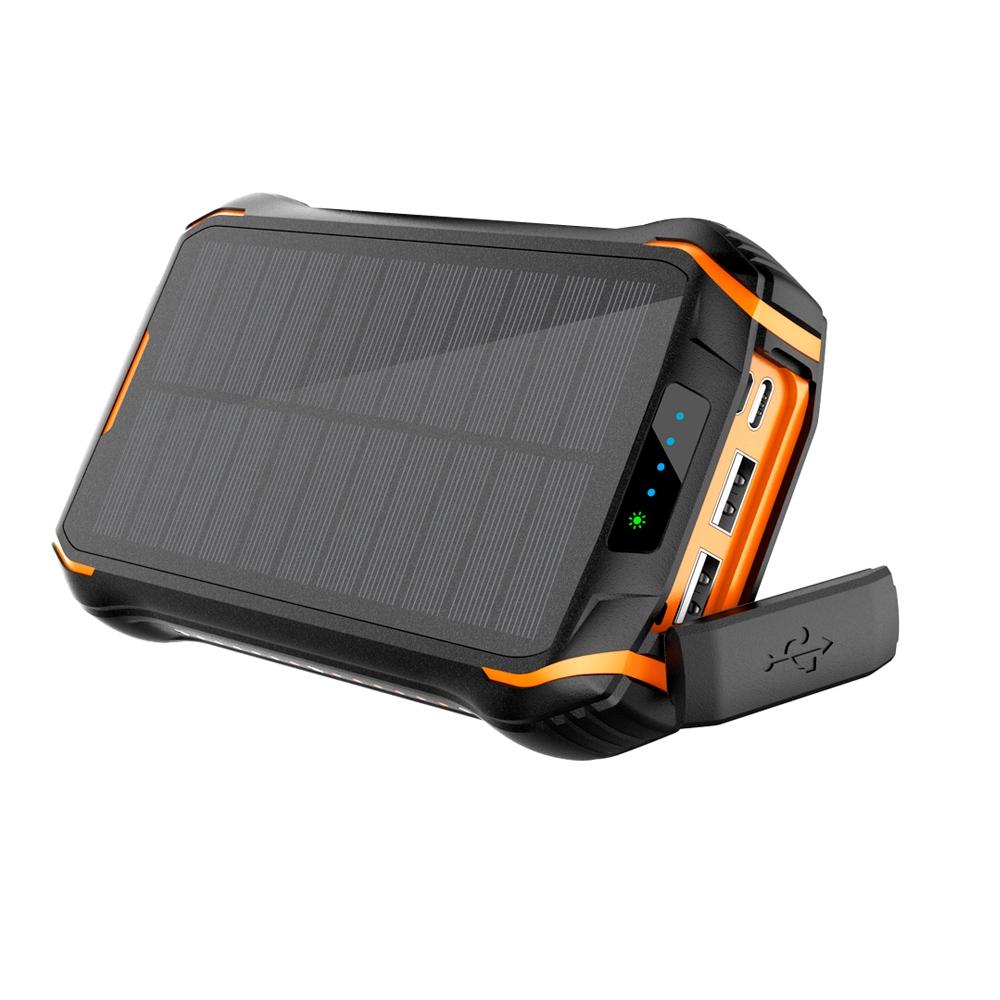
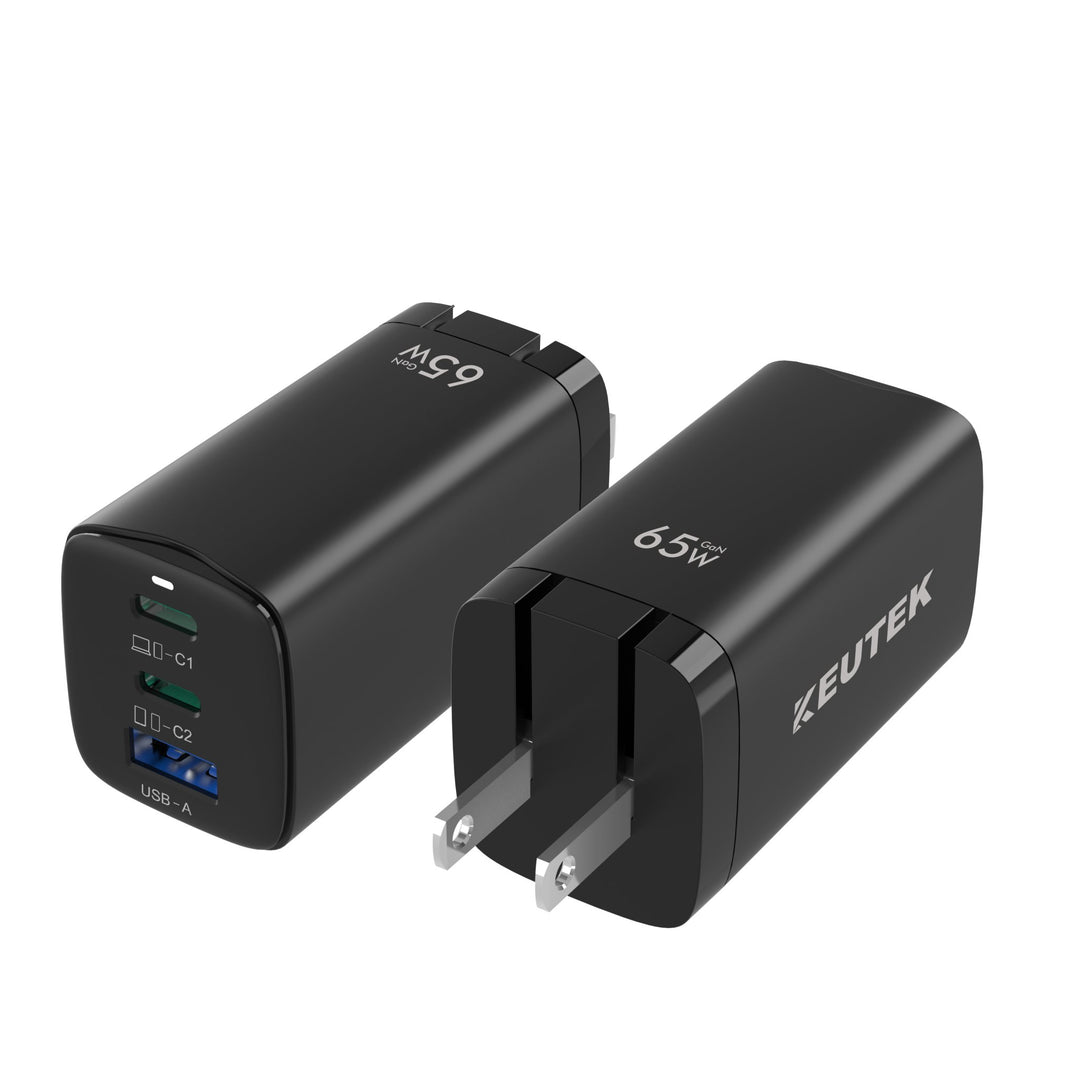
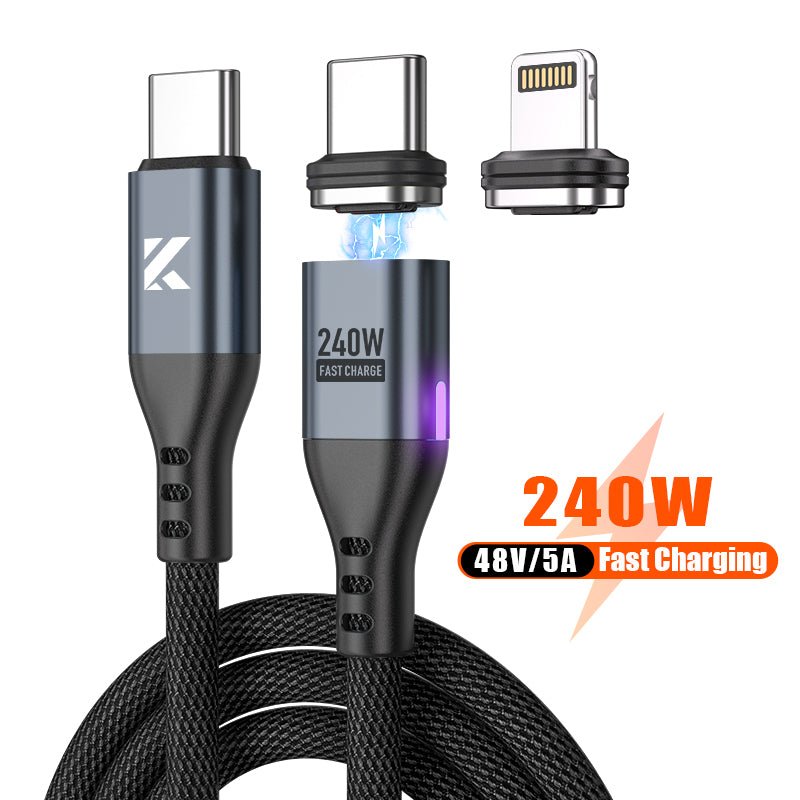
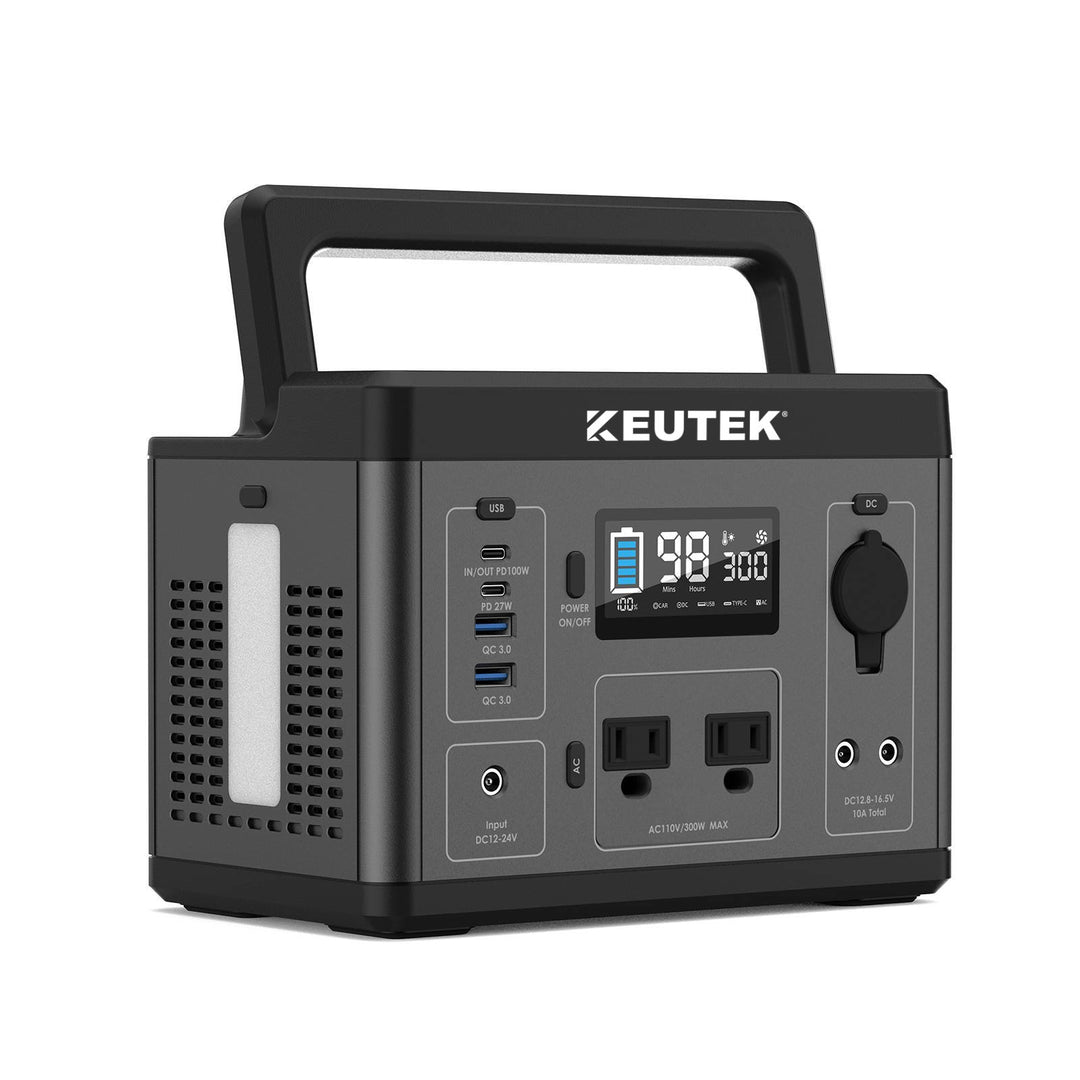
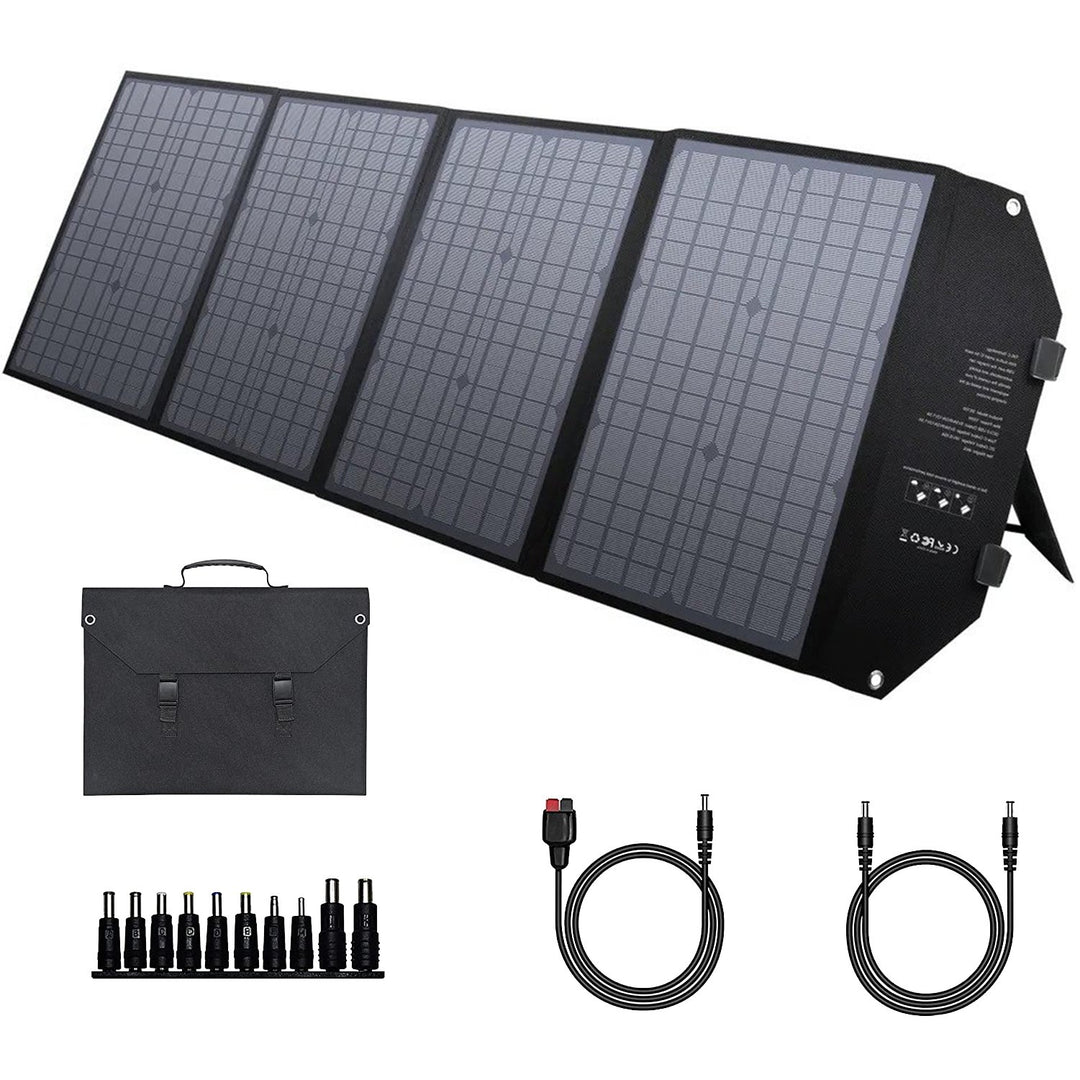
Leave a comment